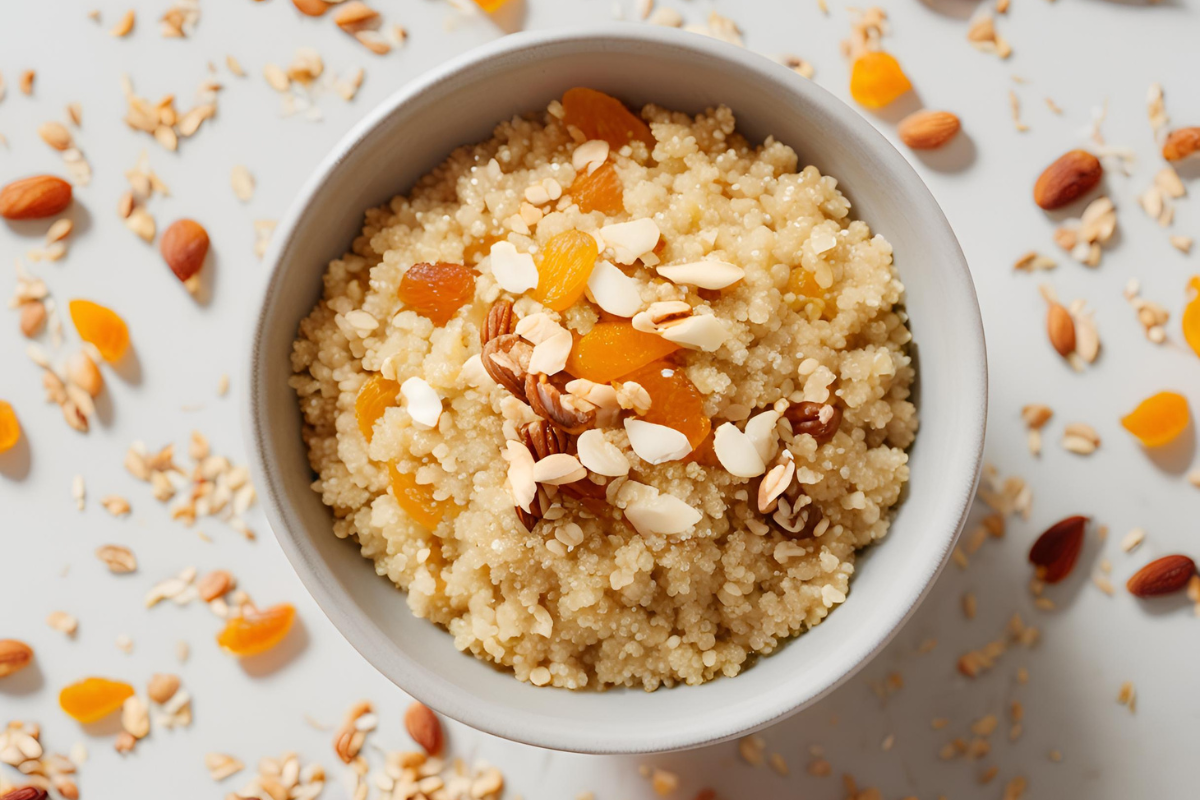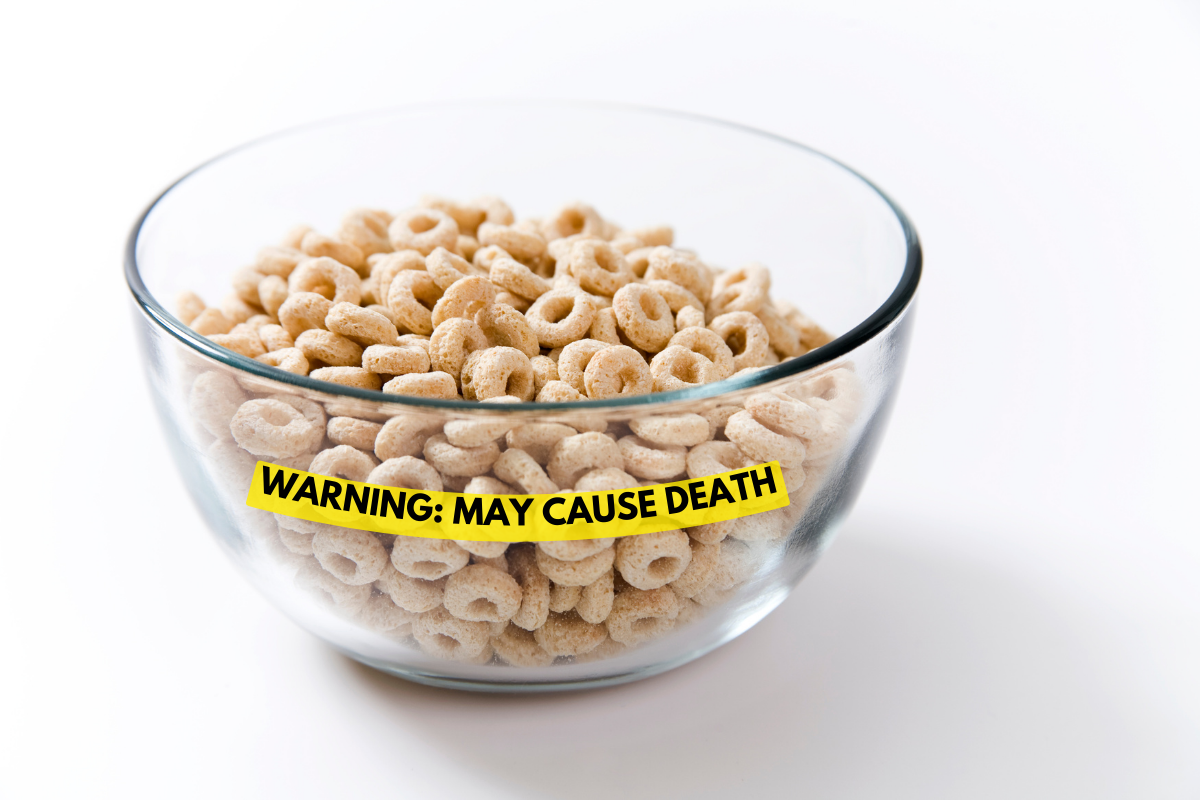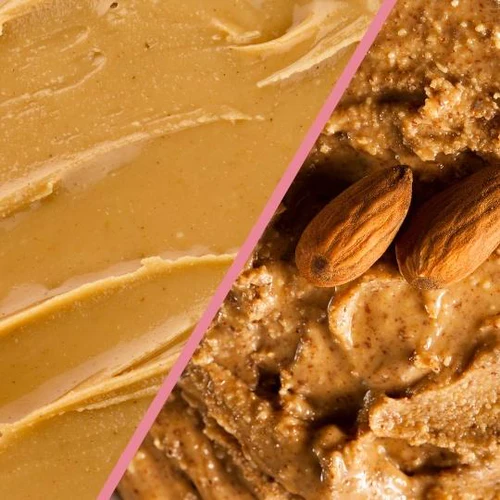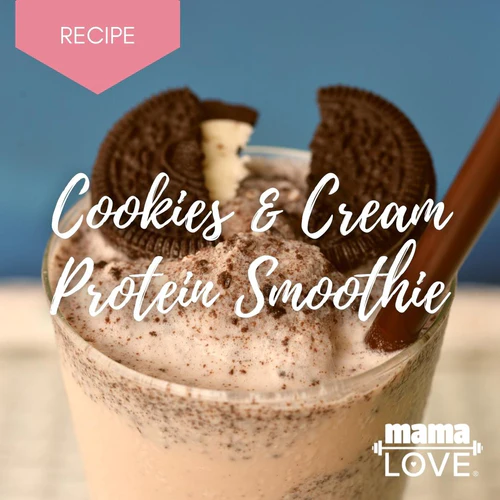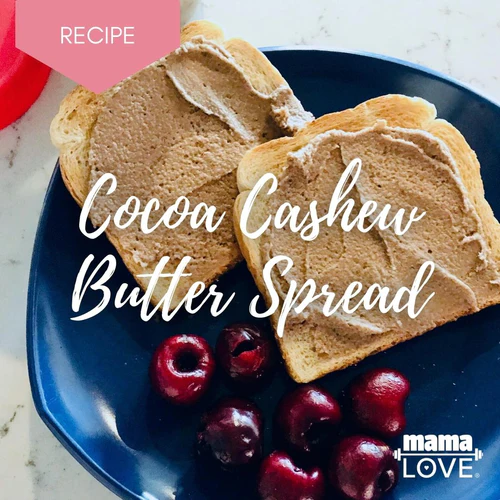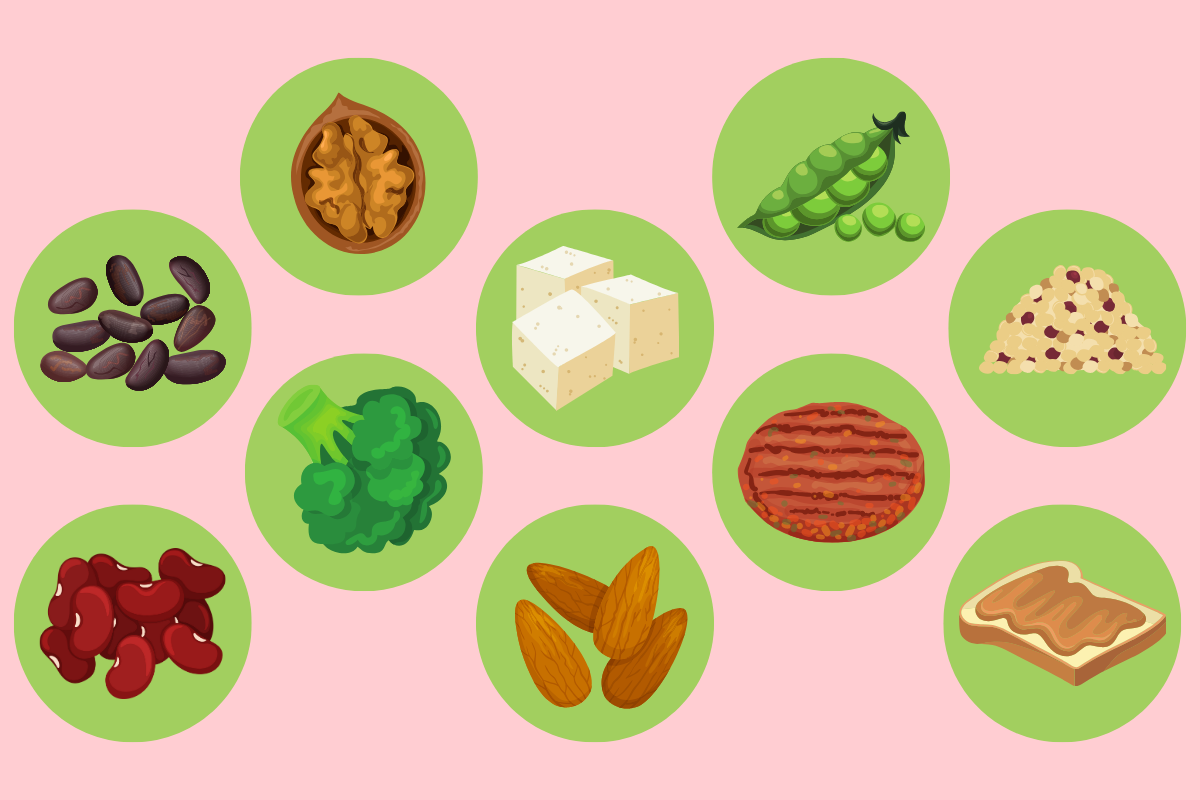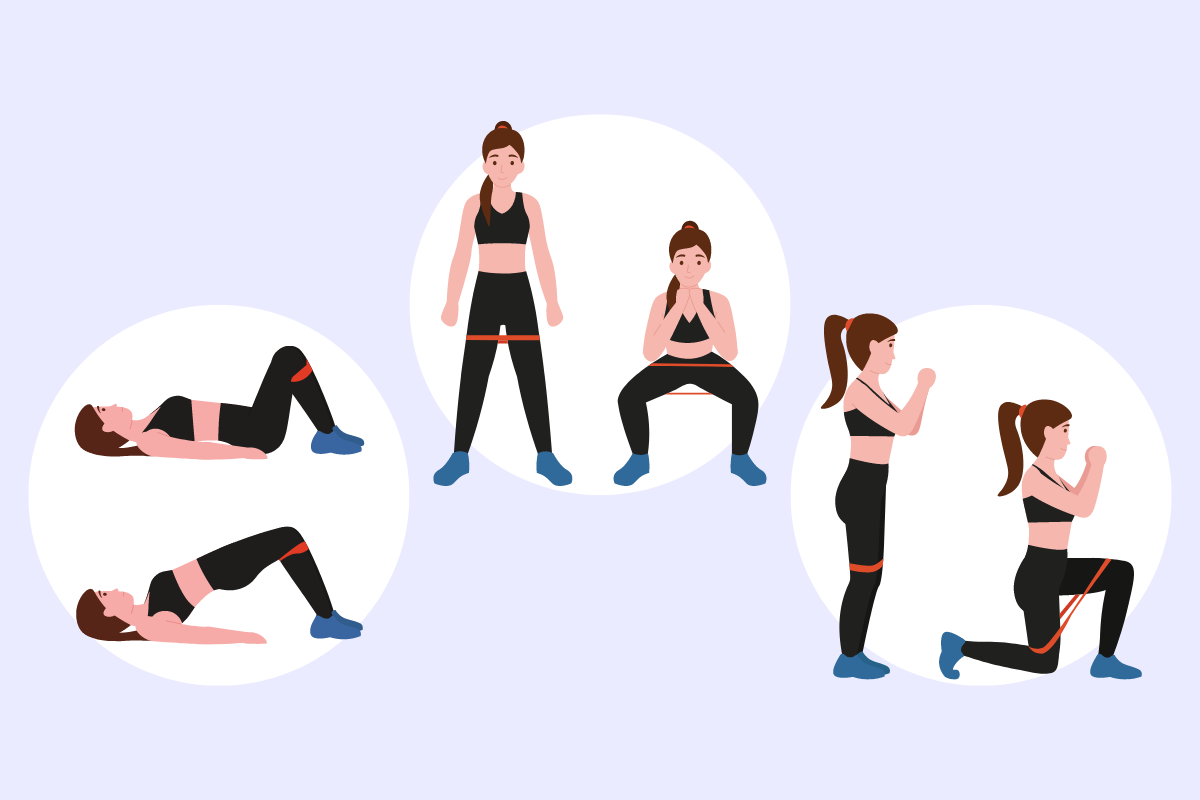
There’s a lot of pressure on a mother to bounce back quickly and return to her pre-baby weight. But focusing on those kinds of goals during the hectic newborn days isn’t easy, and rushing to lose weight might not actually be something you want or need to do.
In the past, you may have relied on strict diets, endless exercising, and a lot of self-criticism to change the way your body looks. But the postpartum period provides a wonderful opportunity to rethink those self-destructive habits.
The best way to get the body you want now: embrace gradual weight loss, cherish the power of muscles, and love your new baby. Easing in to exercise and weight loss gives your body the time it needs to recover and nourish your little one.
Here are five golden tips to help you stay healthy and encourage the changes you want to see in your physique, without pressure or stress.
Weight loss tip #1: Listen to your hunger cues
Don’t be too eager to jump on the diet wagon. Instead, change your relationship with food.
Right now, after giving birth and while breastfeeding, food will be the answer to many common issues. A healthy recovery, abundant milk supply and (slightly) more energetic you, will all be created by the food choices you make. And, perhaps surprisingly, cutting calories probably won’t lead to weight loss anyway.
Research shows deliberate food restriction has limited long-term success for weight management (1), and dieting has even been shown to predict more weight gain within 5 years (2).
Terry Faircough, a nutritionist, personal trainer and owner of Your Body Programme, doesn’t advocate dieting while breastfeeding. “The number of calories you eat should go up by 250 to 400 depending on how active you are,” says Faircough. “This is a time when you should give your body—and consequently your baby—all the nutrients it needs to repair, grow, and develop,” he explains.
Instead of counting calories, consider intuitive eating. Intuitive eating is a mindfulness practice that encourages eating when you’re genuinely hungry and stopping when you’re full—as opposed to emotional or externally-triggered eating (3).
You likely experienced this during pregnancy, when you listened to your body and acted on food cravings. So, don’t stop now. Intuitive eating can help shift your focus from body weight to well-being, allow you to let go of the idea of forbidden or bad foods, and promote unconditional permission to eat when your body needs fuel (4).
It may take a while to get used to, but when you eat to feel good and to nourish you and your baby, instead of focusing on weight loss, you‘ll develop healthy eating patterns that will help you successfully drop weight gradually.
Weight loss tip #2: Stop reaching for empty calories
Intuitive eating isn’t a green light to scarf all of the cookies, pizza, and chips in the house. This approach is only healthy when it’s applied to nutrient-rich foods—the ones that will actually benefit you and your little one. That means no more sugary snacks, ultra-processed junk, or cheap takeout.
Instead, focus on the amazing benefits of whole food and eat as much of them as your body needs. Faircough suggests focusing on high-quality, low-glycemic carbs to feel fuller for longer, including whole grains, like quinoa and brown rice, and a wide variety of fruits and vegetables to ensure your body and your baby get the vitamins and minerals they need.
Essential omega-3 fatty acids are also crucial to a healthy diet. They encourage natural weight loss by “increasing insulin sensitivity in your body, which minimises the chances of food being stored as fat,” Faircough explains. They can also reduce your risk of postpartum depression and contribute to the cognitive development of your baby.
Fatty fish, such as salmon and mackerel, and flaxseeds (5) are great sources of omega-3s. You can also rely on supplement capsules to get your daily dose.
Weight loss tip #3: Up your protein intake
Protein is a key macronutrient for breastfeeding. It directly impacts the quantity and quality of your breast milk, and for this reason dietary guidelines recommend lactating women consume an additional 18 to 25 grams of protein per day (6).
And protein isn’t just essential for healthy breastfeeding, it will also be your best friend on your road to gradual weight loss. “Protein plays a key role in weight management as it keeps your metabolism burning and helps you feel full for longer,” says Joanna Plant, a nutritionist and functional medicine practitioner. To get your daily fill, Plant suggests “eating protein with every meal, roughly one quarter of your plate, and choosing protein-based snacks.”
Lean meat, poultry, fish, tofu, and lentils are great protein sources for mealtimes. For snacking between breastfeeding sessions, make a quick smoothie with Mama Love Protein or grab a handful of nuts, like cashews or almonds.
Weight loss tip #4: Stretch more
When you get the thumbs up from your doctor to work out again, start with yoga. The gentle combination of strength-building moves is a wonderful way to wake up muscles that haven’t been used in a while, and it can help you gradually lose extra weight.
Restorative yoga has been shown to increase metabolism and reduce abdominal fat in overweight women (7). And, since post-pregnancy weight can be especially stubborn around the abdominals, yoga can be an effective postpartum exercise.
Weight loss tip #5: Add more weight to your day
You’re probably already doing a lot of lifting—there’s your baby, the stroller, and a hefty list of equipment that can be surprisingly heavy. But the biggest benefits of lifting come from weight training.
A regular weight training routine can rev up your metabolism and increase your lean muscle tissue, which allows your body to burn more stored-as-fat calories (even when you’re not exercising) and leads to weight loss over time.
Check in with your doctor first, wait at least eight weeks after delivery before beginning a new workout routine, and then go easy. Start with light weights that you can easily pick up, but still feel challenging after several repetitions, and aim to do large, compound exercises such as squats, lunges and leg presses—these moves activate several muscles at once and burn more calories. If you’re new to weight training, it’s definitely worth investing in a few sessions with a certified trainer.
Losing weight after having a baby doesn’t have to feel intimidating. When you stop focussing on how much your body weighs and start paying attention to how your body feels as you practice intuitive eating, do yoga, and lift weights, your gradual weight loss will not only be less stressful, it will be sustainable, too.
Yes, it will take time, and maybe your body will never be exactly as it was before, but it will be better. You will be stronger, healthier and have a beautiful baby too—that little nipple sucker is the icing on your healthy cake, mama!
Sources
- Barte JC, ter Bogt NC, Bogers RP, et al. (2010) Maintenance of weight loss after lifestyle interventions for overweight and obesity, a systematic review. Obesity Reviews 11(12): 899–906.
- Neumark-Sztainer D, Wall M, Guo J, et al. (2006) Obesity, disordered eating, and eating disorders in a longitudinal study of adolescents: How do dieters fare 5 years later? Journal of the American Dietetic Association 106(4): 559–568.
- Tribole E, Resch E. (2012) Intuitive Eating: A Revolutionary Program That Works. New York: St. Martin’s Griffin.
- Barraclough EL, Hay-Smith E Jean C, Boucher SE, Tylka TL, Horwath CC (2019) Learning to eat intuitively: A qualitative exploration of the experience of mid-age women. Health Psychol Open
- Goyal, A., Sharma, V., Upadhyay, N. et al (2014) Flax and flaxseed oil: an ancient medicine & modern functional food. J Food Sci Technol 51, 1633–1653
- Kominiarek M, Rajan P (2016) Nutrition Recommendations in Pregnancy and Lactation. Med Clin North Am
- Caffrey M (2013) Health Benefits of Restorative Yoga Include Trimming Fat, NIH-Funded Study Finds. National Institutes of Health

